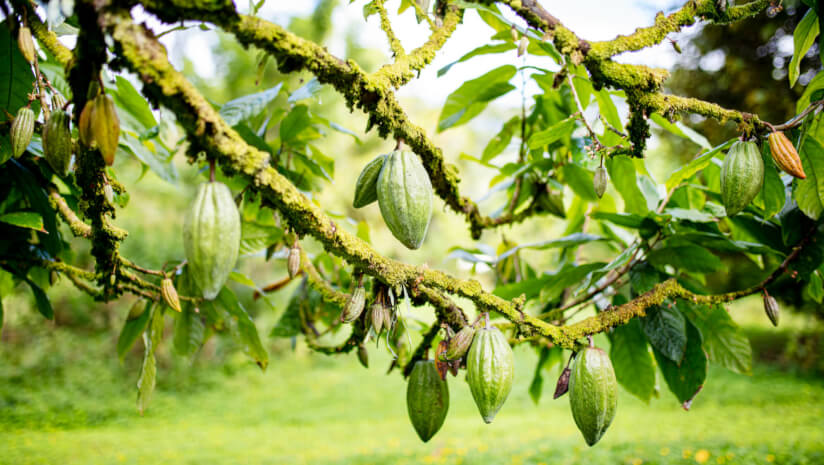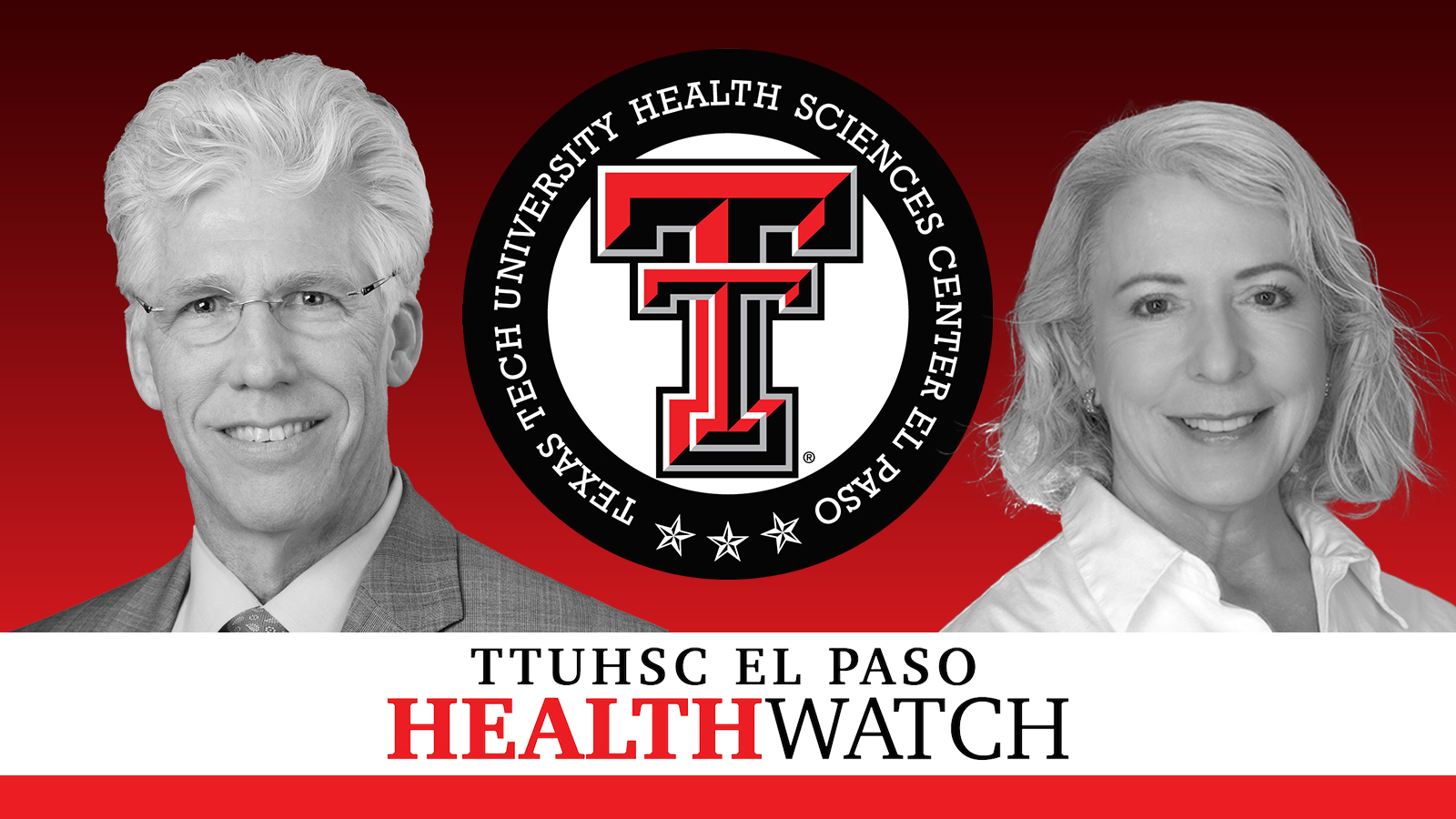
Cocoa prices hit record high for confectioners. Historic peaksThis year. While improved weather conditions in West Africa will improve yields next year, pests still threaten the livelihoods of producers and farmers.
According to the International Cocoa Organization, between 30 and 40 billion of the world's cocoa crops are lost each year due to these factors.
Scientists hope to help growers identify more resilient crops by better understanding the genetics of cocoa trees.
Cacao Gene Atlas, the result of an 8-year Penn State University project to map the genomics of the world's cacao trees. The research was supported by Mondelez International and the U.S. Department of Agriculture's National Institute of Food and Agriculture. It appeared in the Journal BMC Plant BiologyThe public will have free access to it in June 2024.
Reducing pressure on cocoa producers
Mark Guiltinan, a professor of plant molecular biology and plant genetics at Penn State University, says, “Our main inspiration comes from helping cocoa farmers.”
He says that "breeding is slow" and "growing cocoa is difficult." To combat diseases and increase yields, farmers must use better genetic strains of cocoa.
The discovery of previously unknown genetic data about cocoa will benefit farmers as well as the environment. Guiltinan says that discovering the genetics and mechanisms of disease resistance, and other quality traits, can accelerate cocoa breeders.
Complete genetic data
Evelyn Kulesza – a PhD candidate in plant biology – and Patrick Thomas – a postdoctoral researcher in the Department of Plant Sciences – collected cacao samples from different tropical regions for the study. Genetic material was extracted from the samples and then sequenced.
Researchers at Penn State University analyzed transcriptomes, which are the parts of an organism's genome that code for proteins, to better understand how each gene functions in cells and tissues.
These data make up the Atlas’ 11.2 million data points. Each of them estimates the gene expression level of 28,000 cacao genes in a particular cacao tissue. This allows cacao scientists to better understand which genes are responsible for disease resistance or other desirable traits.
Patrick Thomas says: "We sequenced the transcriptomes of 123 tissues representing different organs at different stages of development and at major stages of the cocoa life cycle." We also performed several experiments and measured gene expression over time in response to biotic and non-biotic stresses.
Researchers can now see where and how specific cocoa genes are expressed.
Learn more about cocoa
Researchers can use the cacao gene atlas to test hypotheses without having to grow the actual plant, saving time and money.
The cacao tree, a chocolate tree, is sometimes called an orphan plant because of the limited availability of its genetic resources compared to other crops such as corn, cotton and rice. The atlas provides producers with an easily accessible resource for genomics.
Kulesza says: "We have expanded our knowledge base to enable other scientists to perform experiments that test the behavior of different genes who may not have access to monetary funding or lab space."
Chocolate molding
The Cacao Gene Atlas can help shape the cocoa industry and the broader chocolate market with its comprehensive data. The atlas allows users to visualize the expression patterns of any cocoa gene throughout the entire life cycle of the cocoa plant. This will help uncover genes that are important for traits and accelerate the breeding of new cocoa varieties.
He says genetics plays an important role in improving sustainability. Understanding cocoa genetics is currently a hurdle. It is important to speed it up, as the process is very slow. “Without such improvements, and given climate change, we can expect further production deficits and higher cocoa prices,” Guiltinan says.
This tool aims to provide accurate selection to avoid these problems.
As new data becomes available, it can be added to the Atlas to increase the accessibility of information. He says, “We hope this will ultimately benefit cocoa farmers around the world by helping them combat plant diseases and produce high-quality cocoa beans.”
